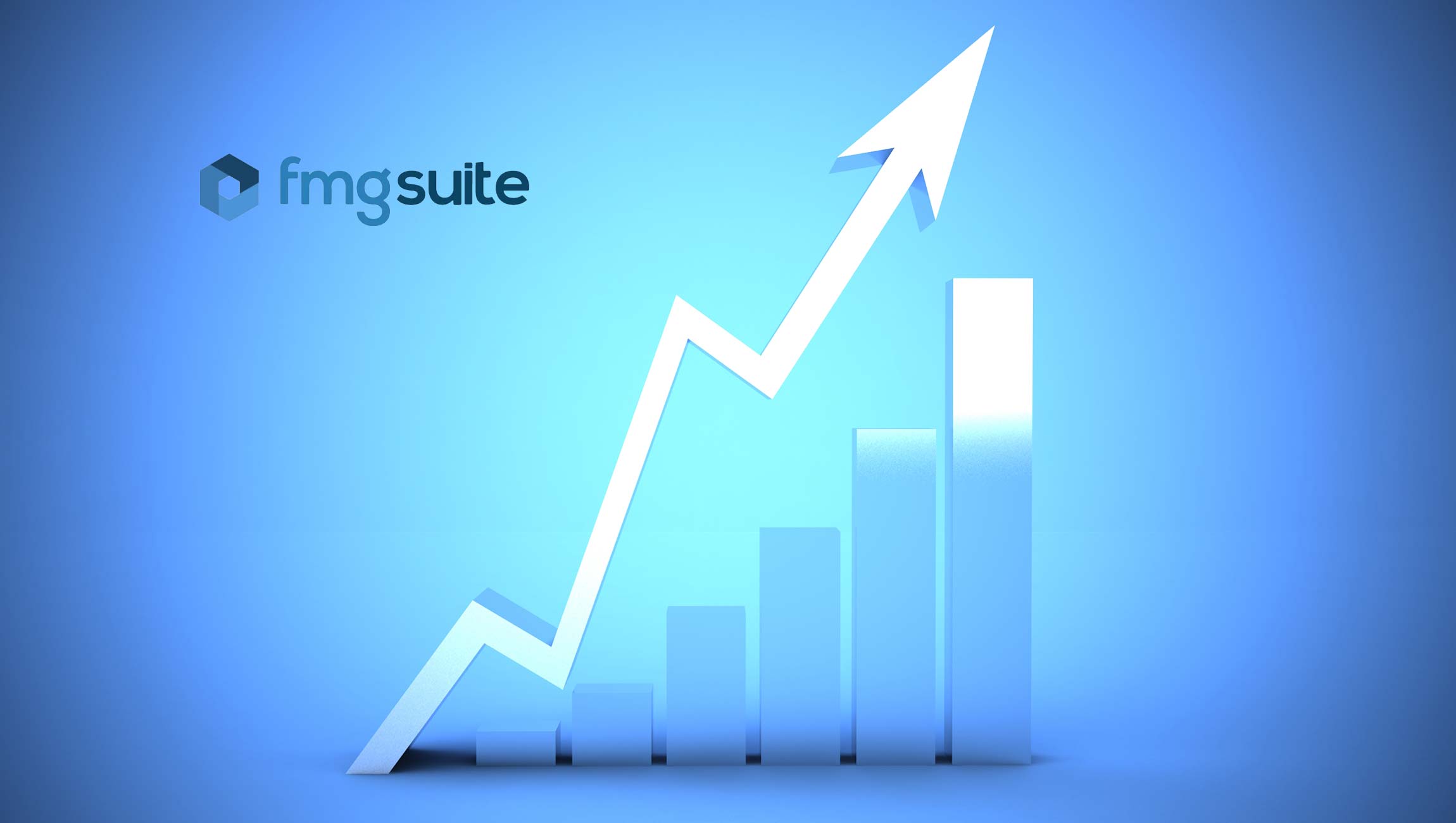Every day there are hundreds of chances to engage with customers digitally. But research into data-driven marketing maturity by Boston Consulting Group (BCG) and Google finds only two percent of businesses use insights and technology to create useful, relevant experiences at multiple moments across the purchase journey.
We are now at a tipping point where data can drive strategy and creative. Where we can use data to better understand what we say, how we say it and to whom we say it to. Understanding the relationship of your data is even more important since the information you capture from your first-party data can be used in near real-time to improve digital campaigns, build informed audience segments and suggest customers for retargeting. Being able to execute on such a tight turnaround is why we’re seeing more advertisers than ever turning to partners to help navigate this new, evolving data landscape.
As we discussed in an interview with Forbes earlier last month, fast relevancy is an expectation. To connect with consumers, marketers need to understand the user journey across all touchpoints. In the past, we’ve talked about Why Brands Need to Own Their Technology and Data in a recent article and considering that Marketing takes an average of 46 percent of a company’s revenue you need to not only own your data but be able to connect the dots between each source.
Read more: Data and MarTech Intertwined in 2020
What Stage is Your Digital Maturity
One tool for marketers to consider for better understanding where they sit is Google’s Digital Maturity Framework. The benchmark was developed with Boston Consulting Group (BCG) and is a diagnostic tool that helps marketers anticipate the needs of customers and deliver relevant, real-time messages when consumers are ready to receive them. The tool is free and available to any brand to get a detailed assessment and see how they measure up to others in the industry.
The framework looks at four stages on the Digital Maturity scale, including:
- Nascent: Marketing campaigns mainly use external data and direct buys, with limited links to Sales.
- Emerging: There is some use of owned data in automated buying with single-channel optimization and testing.
- Connected: Data integrated and activated across channels with demonstrated link to ROI or Sales proxies.
- Multi-Moment: Dynamic execution across multiple channels, optimized toward individual customer business outcomes and transactions.
Using a framework like this, marketers quickly understand that data collection is informed by strategy and strategy is informed by reality. The framework also helps to identify what’s going well and what are the areas for improvement when it comes to leveraging your first-party data.
You can prepare a roadmap that helps you make the most out of your first-party data – while ensuring that this is in accordance with current and upcoming regulations. At the end of the day, your first-party data is not only data you own but data you should use to your advantage.
But having access to data is simply not enough. Even if you have all of the website and audience information you could ever want, it’s not useful unless you segment it into meaningful personas based on what your customers have or have not interacted with your brand both online and offline. For example, if you’re sending the same email marketing content to your entire customer base, chances are you’re only catering to about 40 percent of your audience, at best.
Determine the multiple parameters you want to use to break down your audience, whether it’s by region, demographic data, hobbies and lifestyle, behavior on your site, etc. This will help you to optimize your Marketing and Advertising efforts by better understanding your audience and create personalized and relevant content for every person who comes in contact with your brand.
Marketers Should Bet on the Cloud
Marketers should also consider using a warehouse for their data. Using platforms like Google Cloud and BigQuery, you can store an unlimited amount of data, which means you can transfer your marketing data from disparate platforms into one centralized place. You can then create lookalike audiences and start to better understand the differences between visitors who made a purchase and those who were just browsing. Essentially, you can use a data warehouse to understand what events drove conversions, how many visitors were on-site for one day versus another, and what were the common denominators for site visitors.
This type of real-time access opens up the opportunity to not only track current and historical data, but to drive future predictions as well, such as predictive lifetime value. When you understand the customer’s buying journey entirely, you’ll then be able to predict how they will interact with your company down the road.
What we know for sure…high-quality data is essential for any brand. It drives not only Advertising and Creative but Sales and Revenue. Changes to data policies and consumer behavior are reinforcing the need for first-party data more than ever. Marketers who will stand out in 2020 are those who will leverage their first-party data as the media and creative fuel that creates highly relevant, timely and personalized campaigns and customer experiences.
Read more: Channeling the Flow of Data Through an Organization to Gain Better Marketing Insights



